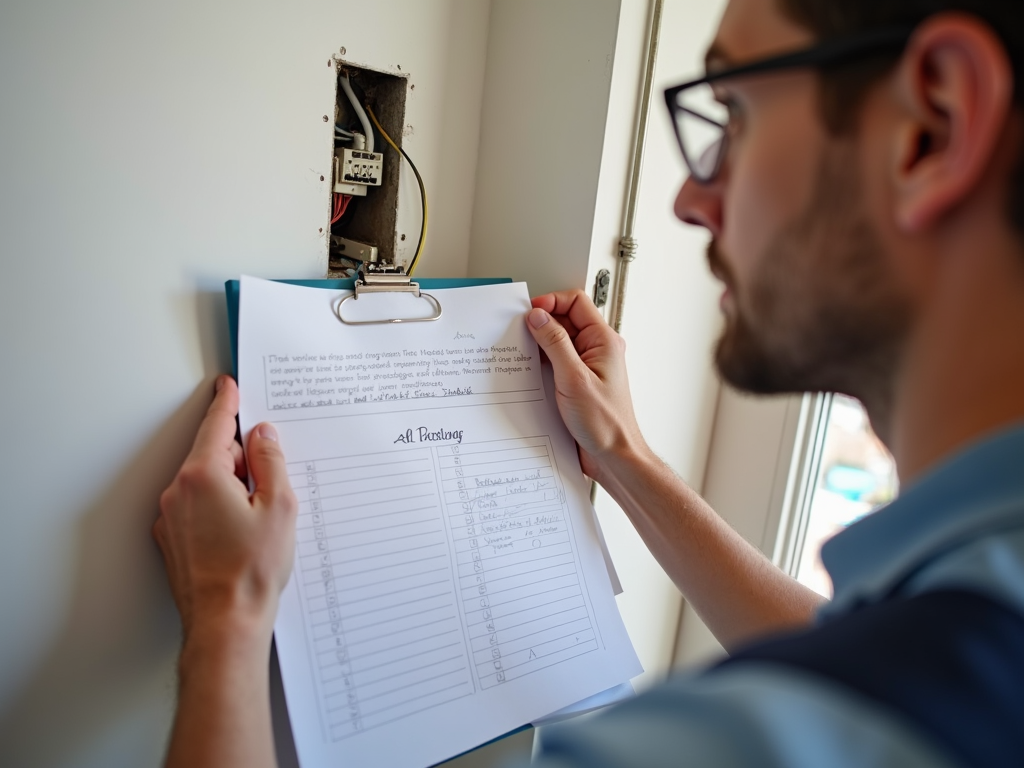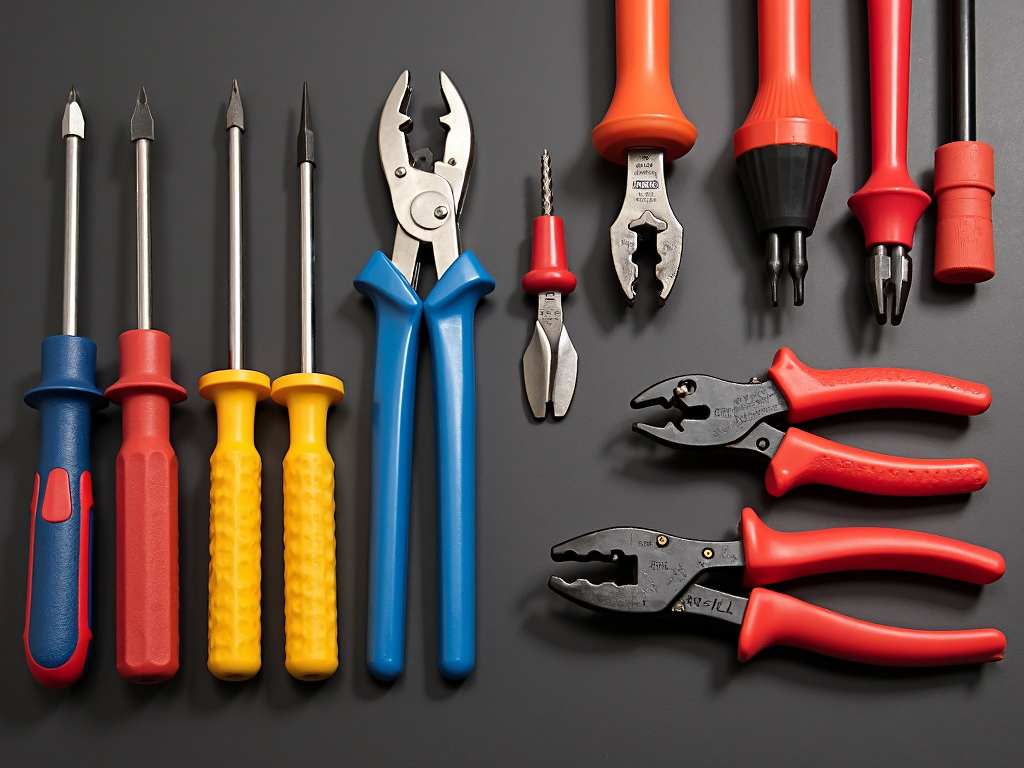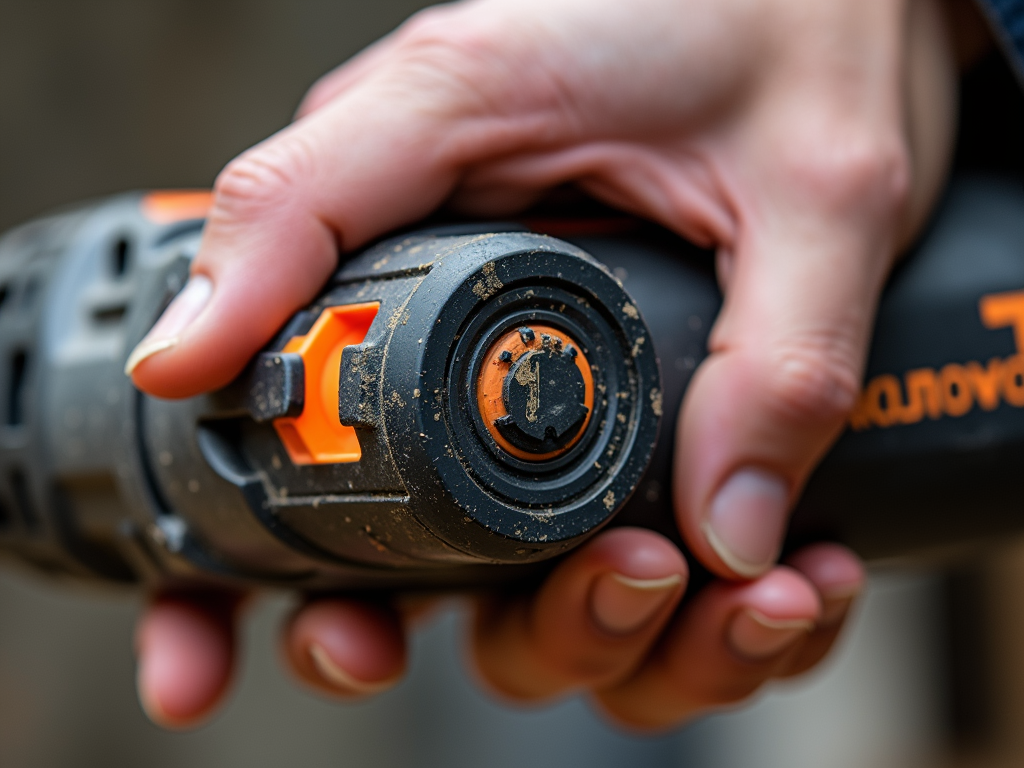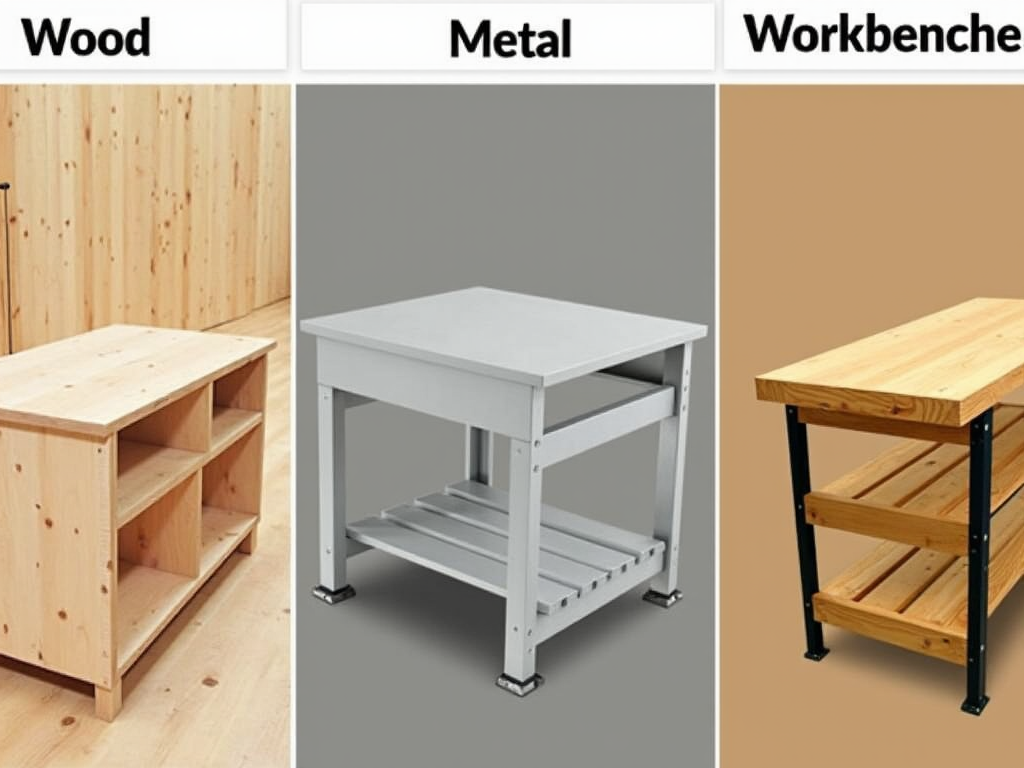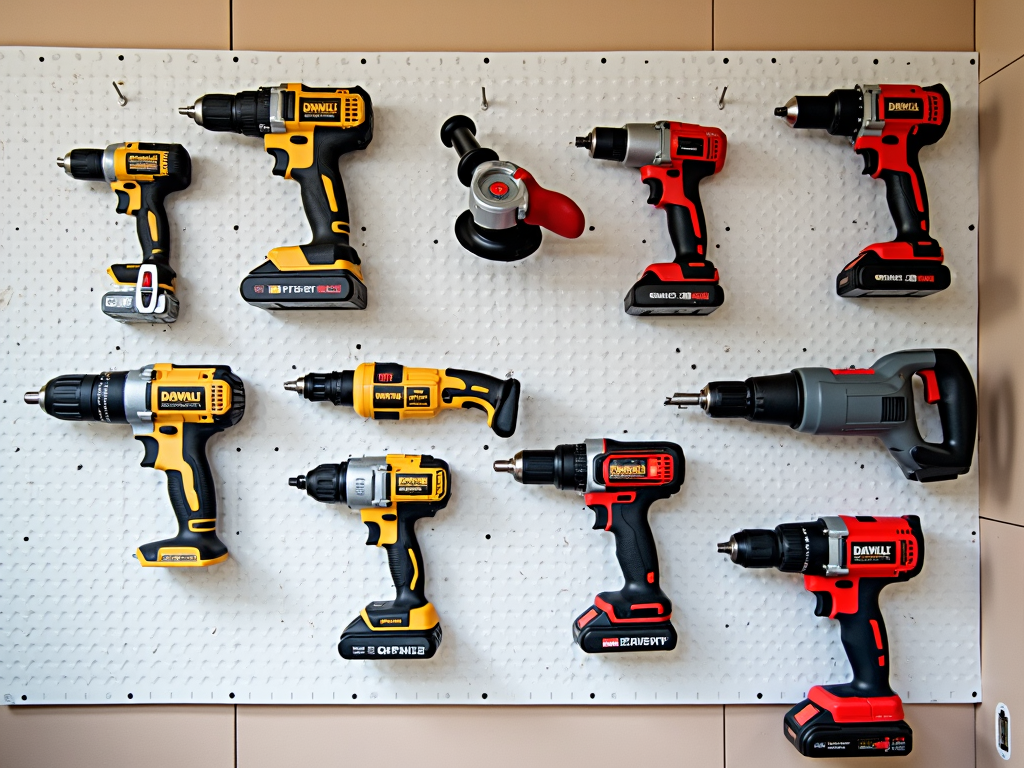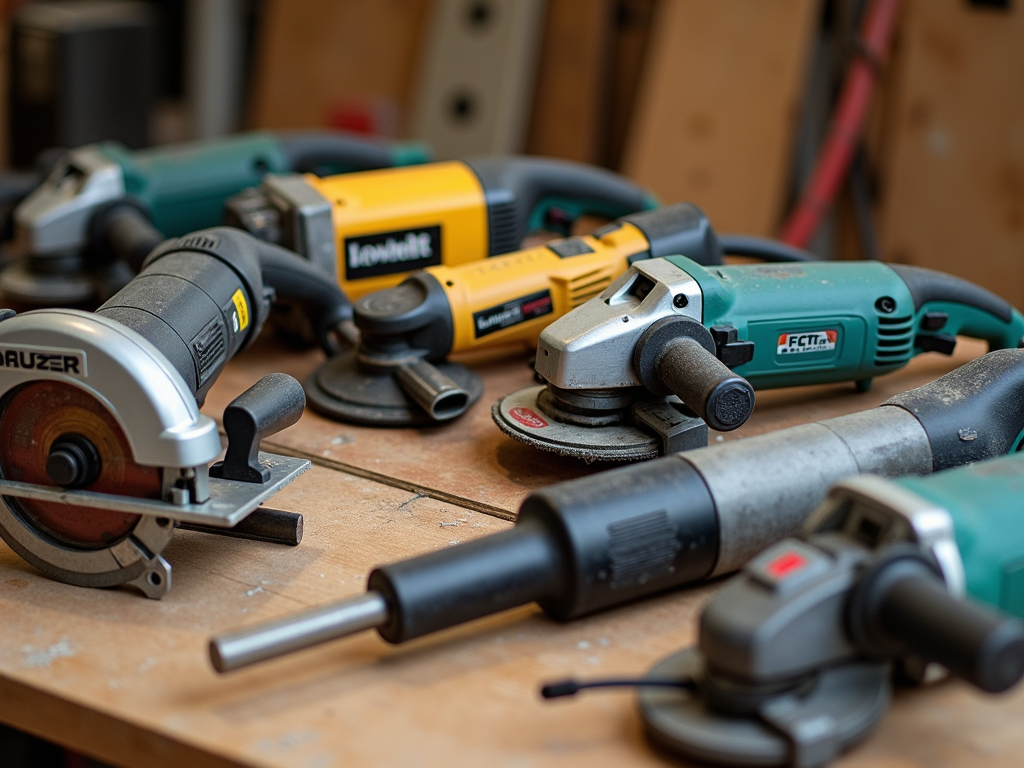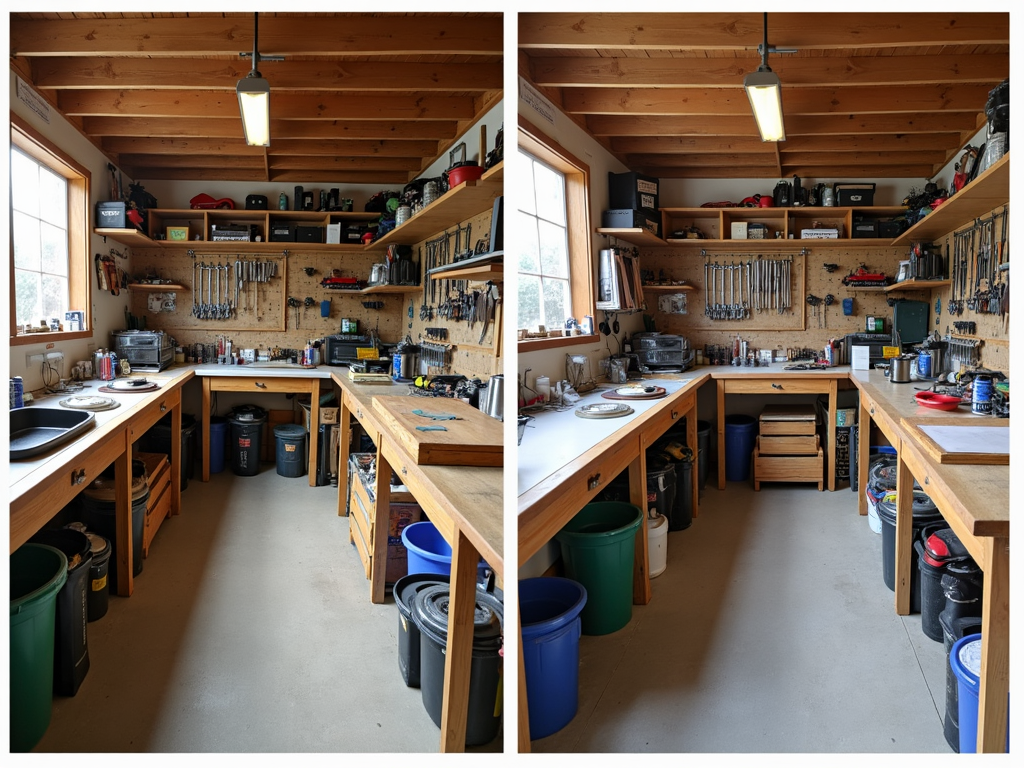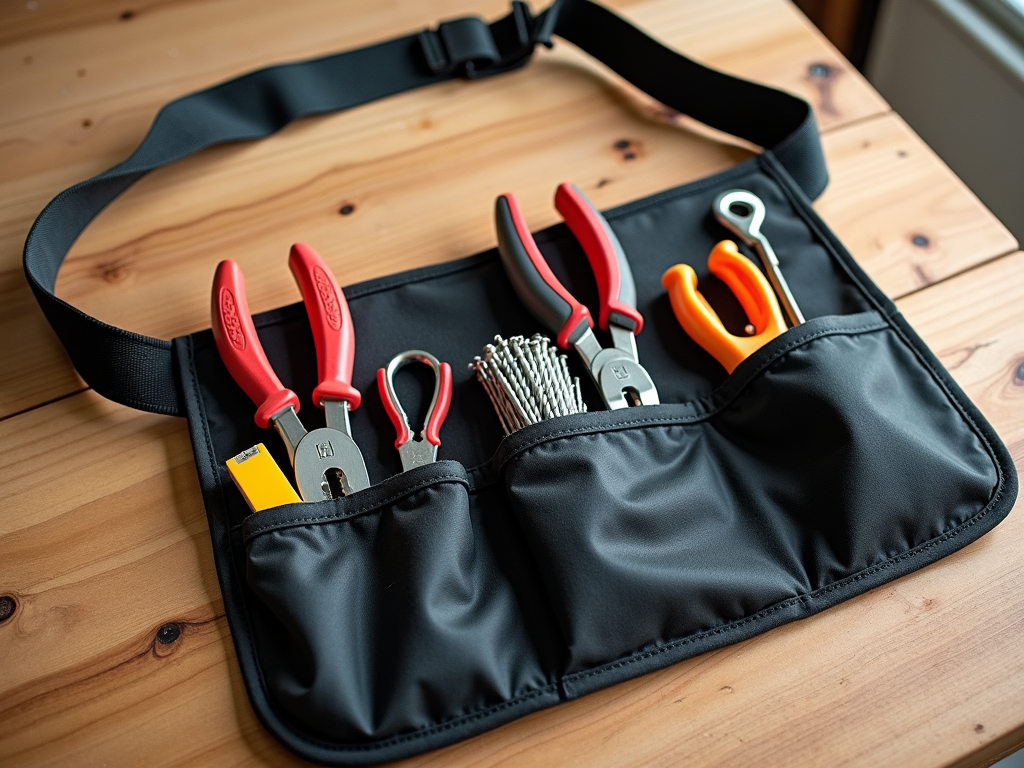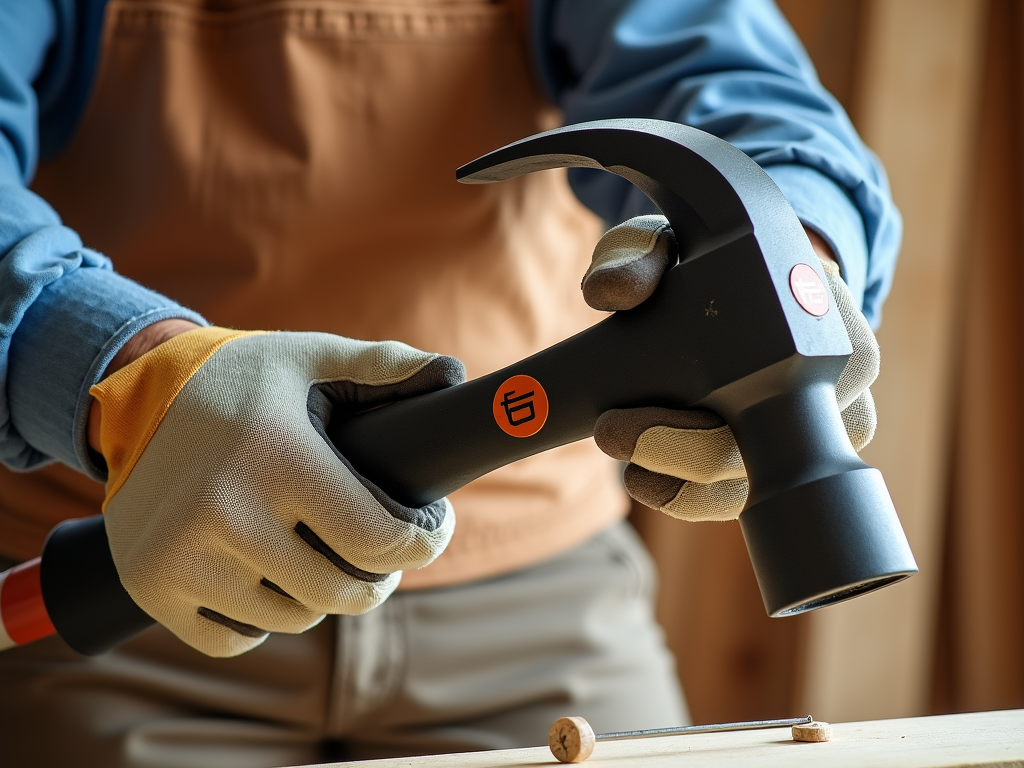Overview
Working with electricity can be risky if you don’t take the right steps to stay safe. Whether you’re a seasoned electrician or a DIY beginner, these Safety Tips for Working with Electricity will help you avoid accidents and work confidently. Let’s dive into the essentials.
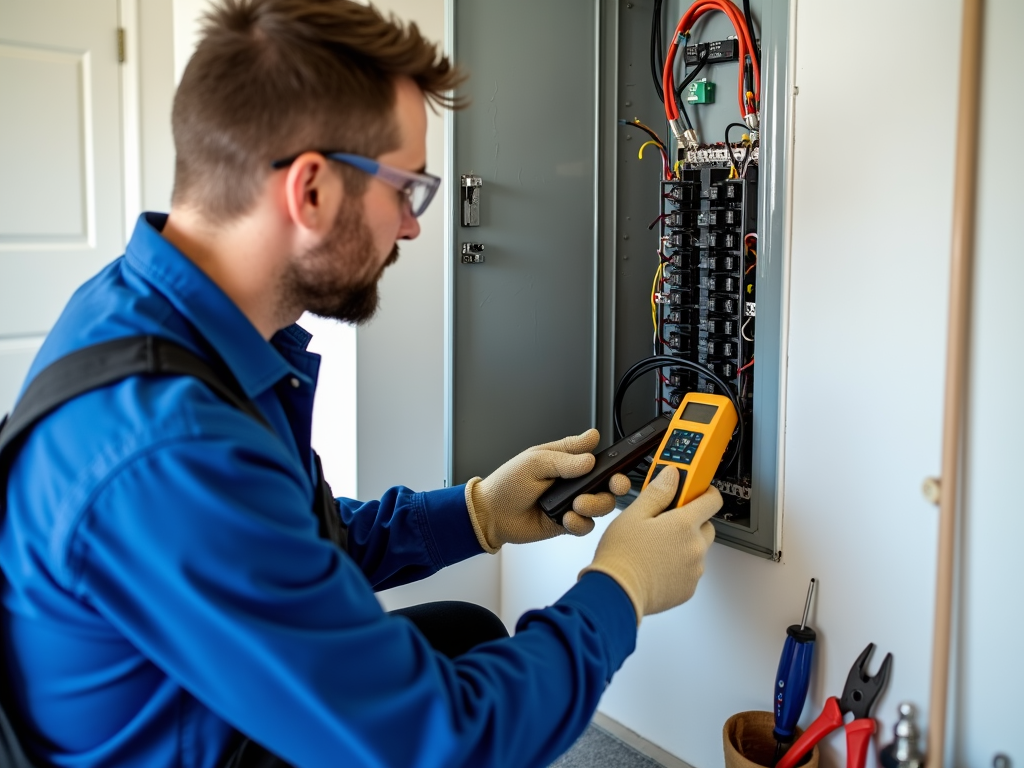
Understanding Electrical Hazards
Electricity isn’t something to mess around with. It can cause electric shocks, burns, or even start fires if you’re not careful. An electric shock happens when current flows through your body—scary stuff like muscle spasms or heart issues can follow. Burns come from touching hot wires or from arc flashes. Fires? They spark from short circuits or overheated gear.
I once saw a friend get a mild jolt because he skipped a safety check. It wasn’t serious, but it shook us both up. Respect electricity, and always assume wires are live.
Proper Training and Knowledge
You wouldn’t jump into a pool without learning to swim, right? Same goes for electrical work. If it’s a big job—like rewiring a house—leave it to a pro. But for simpler tasks, like swapping out a light switch, a little know-how goes a long way.
Watch videos, read up, and practice on small projects. Knowledge keeps you safe.
Using the Right Tools
Using the right electrical tools for wiring and installations is a game-changer. These aren’t just any workman tools—they’re built to handle electricity safely. Here’s a quick rundown:
| Tool | Use |
|---|---|
| Insulated Screwdriver | Tightens screws without conducting power |
| Wire Stripper | Strips wire insulation cleanly |
| Voltage Tester | Checks if wires are live |
| Multimeter | Measures voltage and current |
| Insulated Pliers | Grips wires without shocking you |
I learned the hard way that a regular screwdriver can spark trouble—literally. Stick to electrical tools designed for the job.
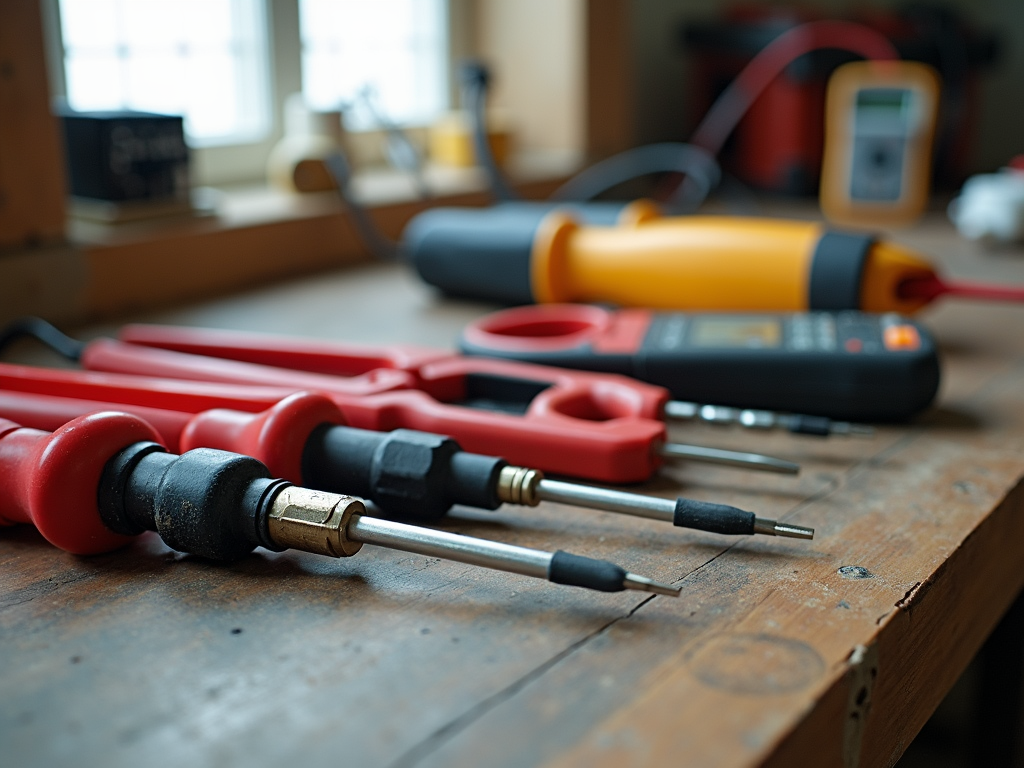
Wearing Protective Gear
Think of protective gear as your shield. Insulated gloves stop shocks from reaching your hands. Safety goggles keep sparks out of your eyes. Insulated boots block ground currents. If you’re near high voltage, flame-resistant clothes are a must.
I’ve felt safer tackling projects knowing I’m covered—gear makes a difference.
Working in a Safe Environment
Your workspace matters. Keep it dry—water and electricity don’t mix. Make sure it’s well-lit so you can see what you’re doing. Clear away clutter to avoid tripping over stuff.
Once, I nearly knocked over a lamp because my space was a mess. A tidy area keeps you focused and safe.
Turning Off Power
This is non-negotiable: turn off the power before you start. Find the circuit breaker or fuse box and flip the switch for the area you’re working on. Not sure which one? Shut off the main power.
Double-check after flipping the switch—better safe than sorry.
Checking for Live Wires
Even with the power off, test the wires. A voltage tester is your best friend here—it tells you if current’s still flowing. I’ve heard stories of folks skipping this step and getting zapped. Don’t take chances; test every time.

Avoiding Water
Wet hands or a damp floor? Stop right there. Water conducts electricity, turning a small mistake into a big problem. If it’s damp, dry it out first or stand on an insulated mat.
I’ve waited out rain just to avoid this risk—it’s worth it.
Proper Wiring Techniques
Good wiring prevents disasters. Use the right wire size for the job—too thin, and it’ll overheat. Secure connections with tape or wire nuts. Don’t cram too many devices into one circuit.
A buddy once had a flickering light because of sloppy wiring. Fix it right the first time.
Regular Inspections
Check your electrical tools often. Frayed cords, cracked handles, or loose parts spell trouble. Spot something off? Fix it or replace it.
I caught a worn-out wire stripper just before it caused a short. Inspections save headaches.
Emergency Preparedness
Accidents happen, so be ready. Know where the main power switch is. Keep a fire extinguisher handy—one rated for electrical fires. Learn basic first aid for shocks or burns. Have emergency numbers on speed dial.
Preparation turned a coworker’s close call into a quick fix.

Summary
Electricity demands respect, but with these Safety Tips for Working with Electricity, you’re set to work smarter and safer. Use the right electrical tools for wiring and installations, wear gear, keep power off, and stay prepared. A little caution goes a long way—stay safe out there!
Dos and Don’ts for Electrical Safety
- Do shut off power before working.
- Do use insulated electrical tools and gear.
- Do test wires for current.
- Don’t work near water.
- Don’t overload outlets.
- Don’t skip training for big jobs.
Keep this list handy for quick checks!
Related Safety Tips for Working with Electricity:
- How to Choose the Right Electrical Tools for Your Project
- Essential Safety Gear for Electricians
- Oscillating Tools: The Essential Guide for Tight Spaces
- The Cordless Revolution: How Battery-Powered Tools Are Changing the Game
- Workshop Equipment Essentials: A Comprehensive Guide
- The Evolution of Workman Tools: From Stone to Steel
- The Best Way to Store Power Tools: A Comprehensive Guide
- Maintaining Your Power Tool Collection: Essential Tips for Longevity and Performance
- Understanding Torque: Essentials for Every Mechanic
- Maximizing Productivity in Small Workshops: A Comprehensive Guide
- The Ultimate Guide to Choosing the Right Tool Belt for You
- The Ultimate Guide to Modern Workman Tools with Ergonomic Design
